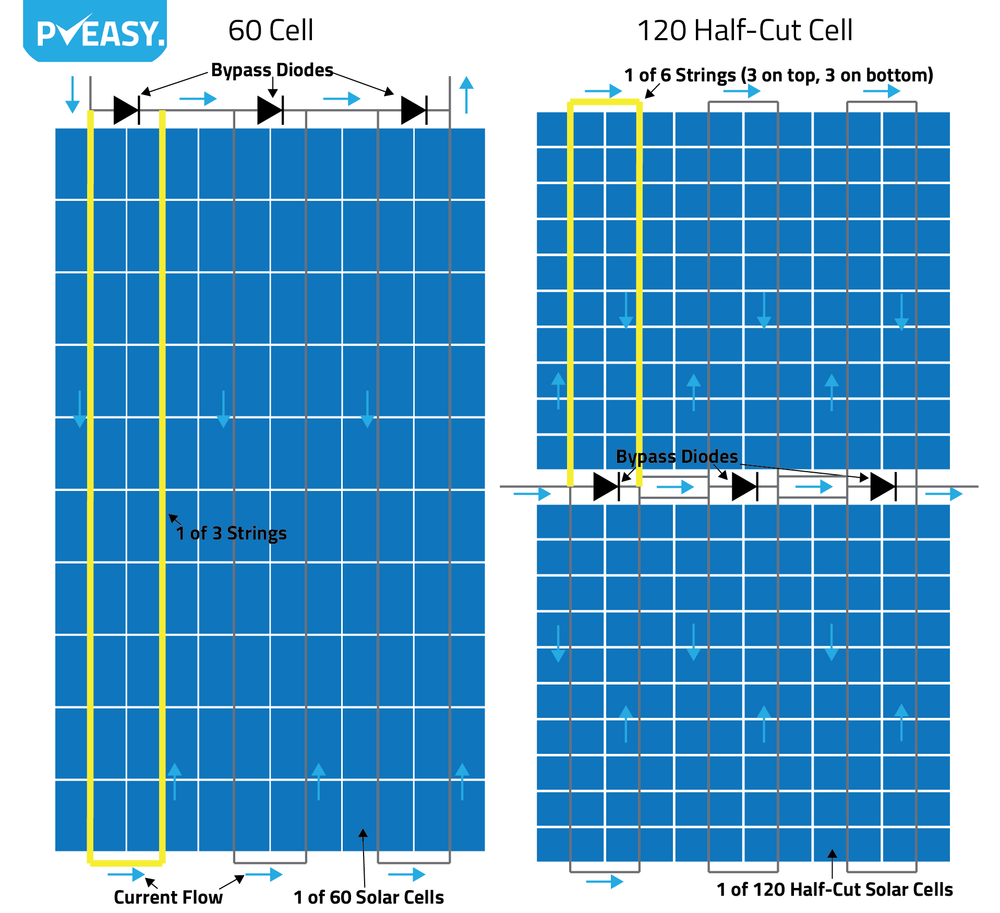Shade is sometimes unavoidable, especially for mobile and marine systems. I'm hoping that this thread can serve as both a resource and a place for conversation on ways to minimize losses due to shading.
I am far from the most informed on the topic, but I've learned a thing or two:
I am far from the most informed on the topic, but I've learned a thing or two:
- Avoid Shade where possible. This is obvious but can't be understated, every other point is just mitigation, avoiding shade is always the best solution where possible.
- Use parallel wiring or a sensible combination of series and parallel wiring so losses stay localized to only the shaded panel.
- Use panels that make good use of Bypass Diodes to minimize losses and reduce heat buildup
- Use multiple smaller MPPT controllers so that each panel's (or each group of panels') maximum power point is calculated independently
- Low 'reverse bias voltage' panels
- Solar Optimizers Similar in concept to using multiple MPPT controllers, solar optimizer allow per panel maximum power point optimization
- Microinverters I believe these have the same benefits as Solar Optimizers (per panel maximum power point optimization), as well as converting the DC output of the panel into AC.
Last edited:





